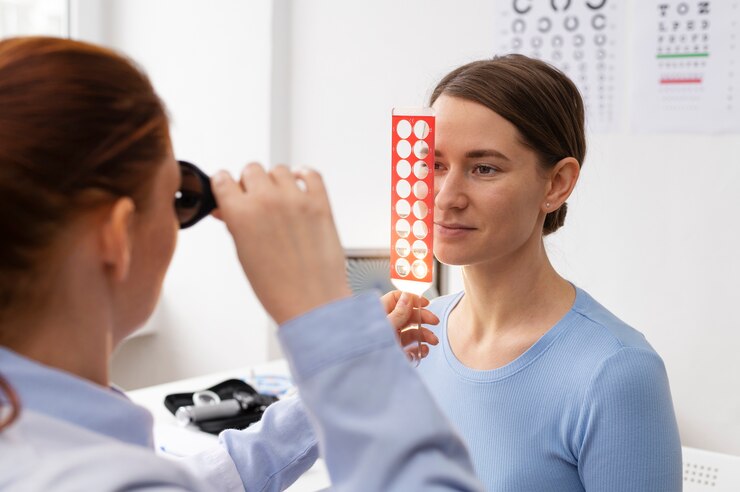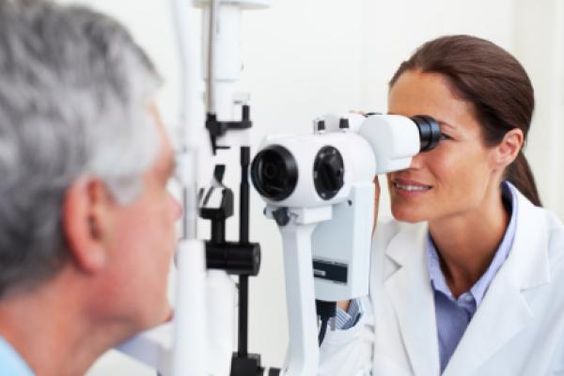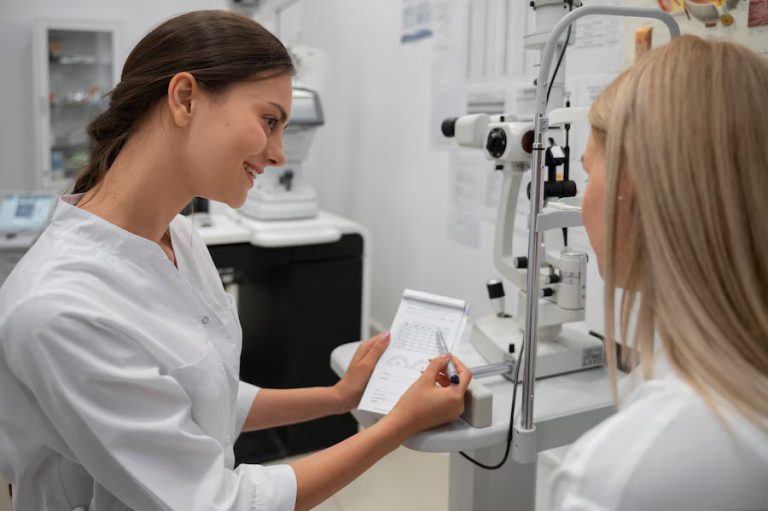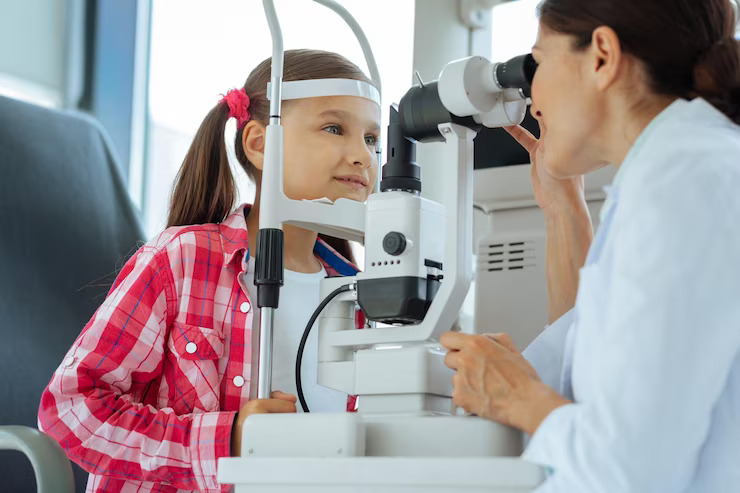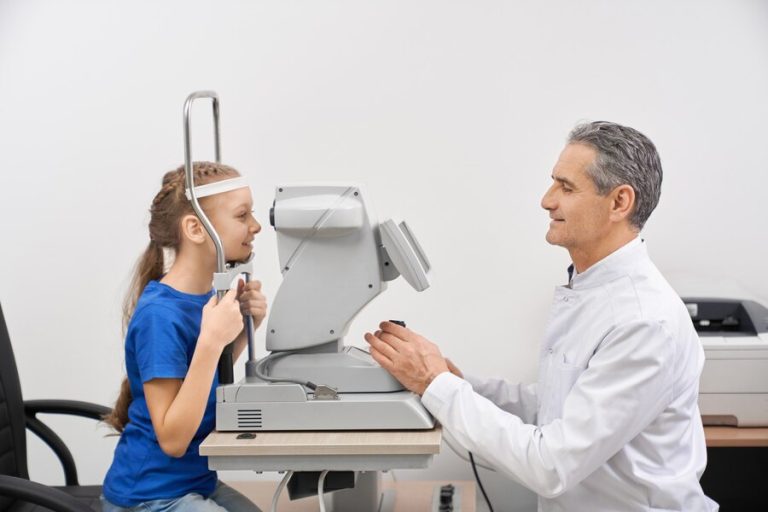Introduction To Complete Eye Examinations
A complete eye examination is a crucial part of maintaining overall health. Your eyes are not just windows to the world but also to your health. Regular eye exams can help detect vision problems, eye diseases, and other health issues early on, ensuring timely treatment and better outcomes.
What Is a Complete Eye Examination?
A complete eye examination involves a series of tests to evaluate your vision and check for eye diseases. It goes beyond a simple vision screening to assess the overall health of your eyes. An eye care professional, such as an optometrist or ophthalmologist, conducts these tests.
Key Components of a Comprehensive Eye Exam
Visual Acuity Test
The visual acuity test gauges your visual acuity at different viewing distances. You will be asked to read letters on a chart (Snellen chart) to determine your visual sharpness. This test helps identify any refractive errors like nearsightedness, farsightedness, or astigmatism.
Refraction Assessment
Refraction is a test to determine the correct prescription for glasses or contact lenses. The eye care professional uses a phoropter to place a series of lenses in front of your eyes and measures how they focus light. This test ensures you receive the most accurate prescription for optimal vision.
Eye Health Evaluation
A comprehensive eye exam includes a thorough evaluation of the health of your eyes. This involves several tests to check for eye diseases and conditions such as glaucoma, cataracts, macular degeneration, and diabetic retinopathy. Early detection of these conditions can prevent serious vision loss and other complications.
Advanced Diagnostic Tests
Tonometry
Tonometry measures the pressure inside your eyes, known as intraocular pressure (IOP). High IOP can be a sign of glaucoma, a serious eye condition that can lead to vision loss if not treated. There are different methods to measure IOP, including the non-contact “puff of air” test and the more accurate application of tonometry.
Retinal Examination
Also known as ophthalmoscopy or funduscopy, this test examines the back of your eye, including the retina, optic disc, and blood vessels. The eye care professional uses a special instrument called an ophthalmoscope to look for signs of damage or disease. In some cases, dilation of the pupils may be required to get a better view.
Slit-lamp Examination
The slit-lamp examination provides a magnified view of the structures at the front of your eye, including the cornea, iris, lens, and anterior chamber. This test helps detect conditions such as cataracts, corneal injuries, and infections.
Detecting Eye Diseases Early
Glaucoma
Glaucoma is a group of eye conditions that damage the optic nerve, often due to high intraocular pressure. Regular eye exams are essential for early detection and management of glaucoma to prevent vision loss.
Cataracts
Cataracts cause clouding of the eye’s lens, leading to decreased vision. Early detection through eye exams can help manage cataracts effectively, often with surgery to restore clear vision.
Macular Degeneration
Macular degeneration affects the central part of the retina (macula) and leads to loss of central vision. Regular eye exams can detect early signs of macular degeneration, allowing for timely interventions to slow its progression.
Diabetic Retinopathy
People with diabetes are at risk of developing diabetic retinopathy, which damages the blood vessels in the retina. Regular eye exams are crucial for detecting this condition early and preventing serious vision complications.
The Role of Technology in Eye Examinations
Advancements in technology have significantly improved the accuracy and effectiveness of eye examinations. Digital imaging, optical coherence tomography (OCT), and automated visual field testing are some of the technologies that enhance the ability to diagnose and monitor eye conditions.
Optical Coherence Tomography (OCT)
OCT is a non-invasive imaging procedure that creates cross-sectional images of your retina using light waves. This technology helps in detecting and monitoring conditions like macular degeneration, glaucoma, and diabetic retinopathy with great precision.
Visual Field Testing
Visual field testing measures your peripheral (side) vision. It helps detect blind spots or areas of vision loss, which can be signs of glaucoma, brain tumors, or other neurological conditions.
Preparing for Your Eye Exam
What to Bring
When preparing for a complete eye examination, bring your current glasses or contact lenses, a list of any medications you are taking, and information about your medical history. This information helps the eye care professional provide the best possible care.
What to Expect
During the exam, you will undergo several tests, some of which may require pupil dilation. This can cause temporary blurriness and sensitivity to light, so consider bringing sunglasses and arranging for someone to drive you home if needed.
Frequency of Eye Exams
Your age, health, and risk factors all influence how frequently you should get eye checkups. Here are the general guidelines:
- Children: First exam at 6 months, again at age 3, before starting school, and every 1-2 years thereafter.
- Adults (18-60): Every 2 years, or more often if you wear glasses or contact lenses, or have a health condition that affects your eyes.
- Seniors (61+): Annually to monitor for age-related eye conditions.
Conclusion
A complete eye examination is essential for maintaining good vision and overall eye health. Regular exams can detect vision problems, eye diseases, and other health issues early, allowing for timely treatment and better outcomes. By understanding the components and importance of a comprehensive eye exam, you can take proactive steps to protect your vision and health. Prioritize regular eye exams as part of your routine healthcare to ensure clear vision and a better quality of life.
For any further queries, Plz visit drvivekgarg.in

